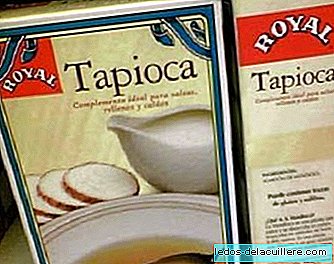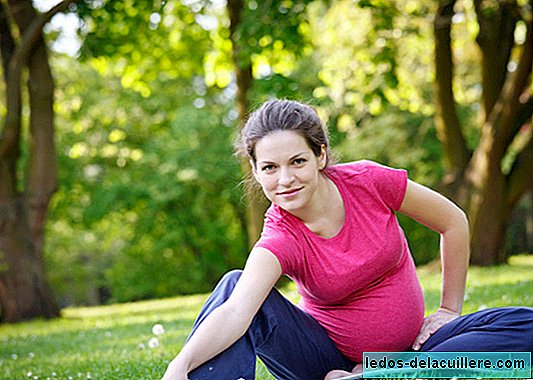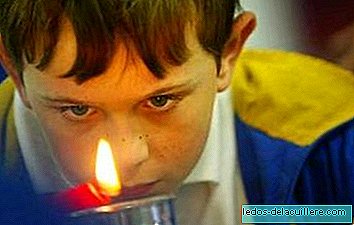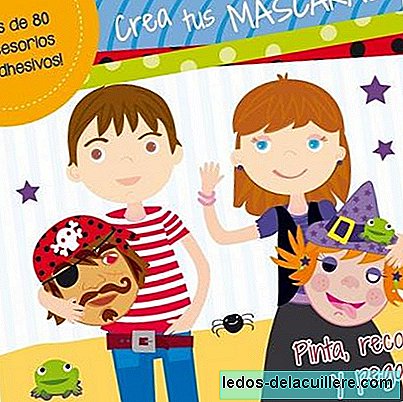
Tapioca It is a great resource but little known in our environment to prepare the baby's first foods. It has no gluten and is very soft and delicate flavor, almost gelatinous if we want or more liquid if we take care to keep it hydrated.
Babies usually love it, it is healthy, natural and delicious. They can take it after six months, when we start giving them complementary food. When my son was a baby it was the emergency porridge that I could always give him if he had nothing more prepared, it doesn't take much more than five minutes and it makes it easier to not have to use industrial products.
I used to verify that the box was clearly labeled as gluten-free at first, because although the product does not contain it, it can always happen that in the manufacturing facilities are shared with other preparations, as it happens with industrial porridge too. There are many brands, they sell it in all supermarkets and it is quite cheap.
Tapioca It is not a cereal, but it comes from a tuber, cassava, which is widely used in America. It provides almost 350 calories per 100 grams and almost all its composition are carbohydrates. It is very easy to digest and assimilate, making it an ideal food to start in solid foods.
In the water or the broth that we are going to use, tapioca is cast in the form of rain, calculating a tablespoon per quarter of a liter. It must be cooked over low heat and stirring, so that it does not stick to the bottom. In five minutes it is ready, although if we want it very undone it can be left a couple more minutes.
When children are older, they can still be used to make soups or, if we use sweetened milk instead of calgo, a delicious dessert similar to rice pudding but softer that is also delicious.
Throughout my child's childhood, from baby until now, it has always been the tapioca a resource that I have used in the kitchen, but which is especially useful for preparing gluten-free, healthy and delicious porridge.












